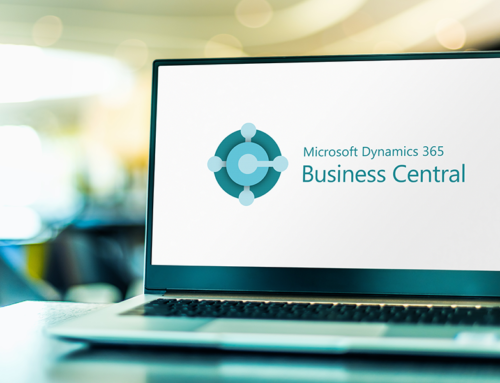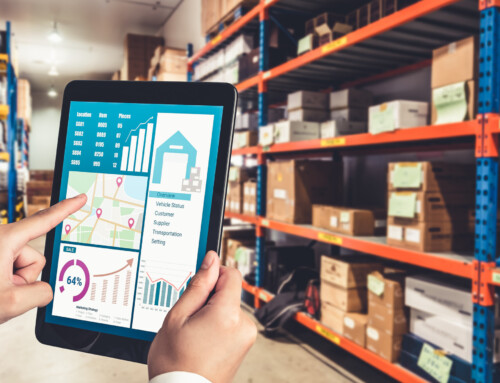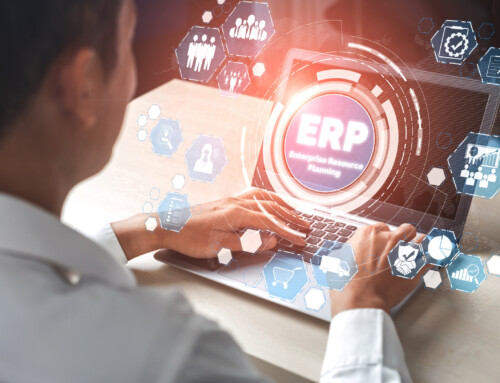
Many organisations with a requirement for inventory management software will have heard of both Enterprise Resource Planning (ERP) and Warehouse Management System (WMS). Both can be incredibly useful for an organisation looking the improve its productivity in the warehouse function.
Crucially though, ERP and WMS software is NOT the same. While, ERP software has warehouse management capabilities, there are areas that set the two apart. It’s critical to understand the difference between these two concepts when considering which to implement within your own business.
Both ERP and WMS software systems are the backbone to any wholesale business – without them, a business wouldn’t be able to function. Let’s explore the positives and negatives of both…
Warehouse Management System (WMS)
A WMS is primarily used to control the movement and storage of an organisation’s inventory within its warehouse. It follows the path of each item, such as when the item has been received, put away, picked and shipped.
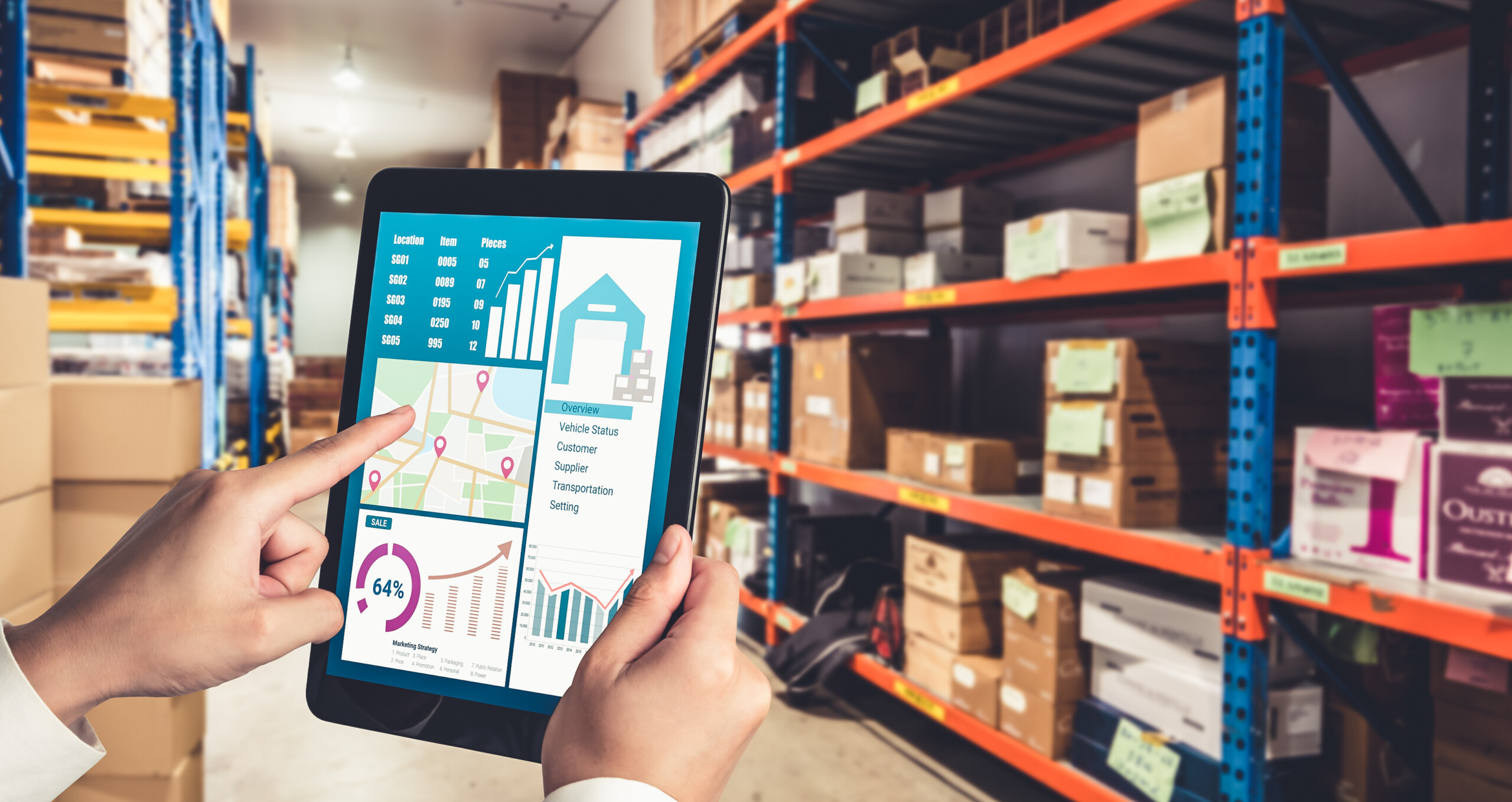
WMS systems provide insight into the real-time optimisation of inventory movement within a warehouse. Reports can be generated to indicate the best location for an item to be put away, based on historical data and trends. The system helps to decide where the product should be placed within the warehouse, based on the availability of bins and shelves.
WMS often sits as a standalone system to manage warehouse operations, while they lack the functionality that ERP provides. This includes accounting, customer relationship management and other functions normally associated with an ERP system. As a result, most businesses resort to integrating ERP and WMS systems together. However, most small businesses do not require WMS functionality, as many ERP solutions will have suitable warehouse management functionality built in.
Enterprise Resource Planning (ERP)
So, while WMS software is very specialist, Enterprise Resource Planning (ERP) software gives more for organisations to take advantage of. From automating business processes across different departments of a business – including accounting, order entry and processing, purchasing, inventory management, warehouse management – to eCommerce integration and customer relationship management, the question is more: “What doesn’t ERP do?”.
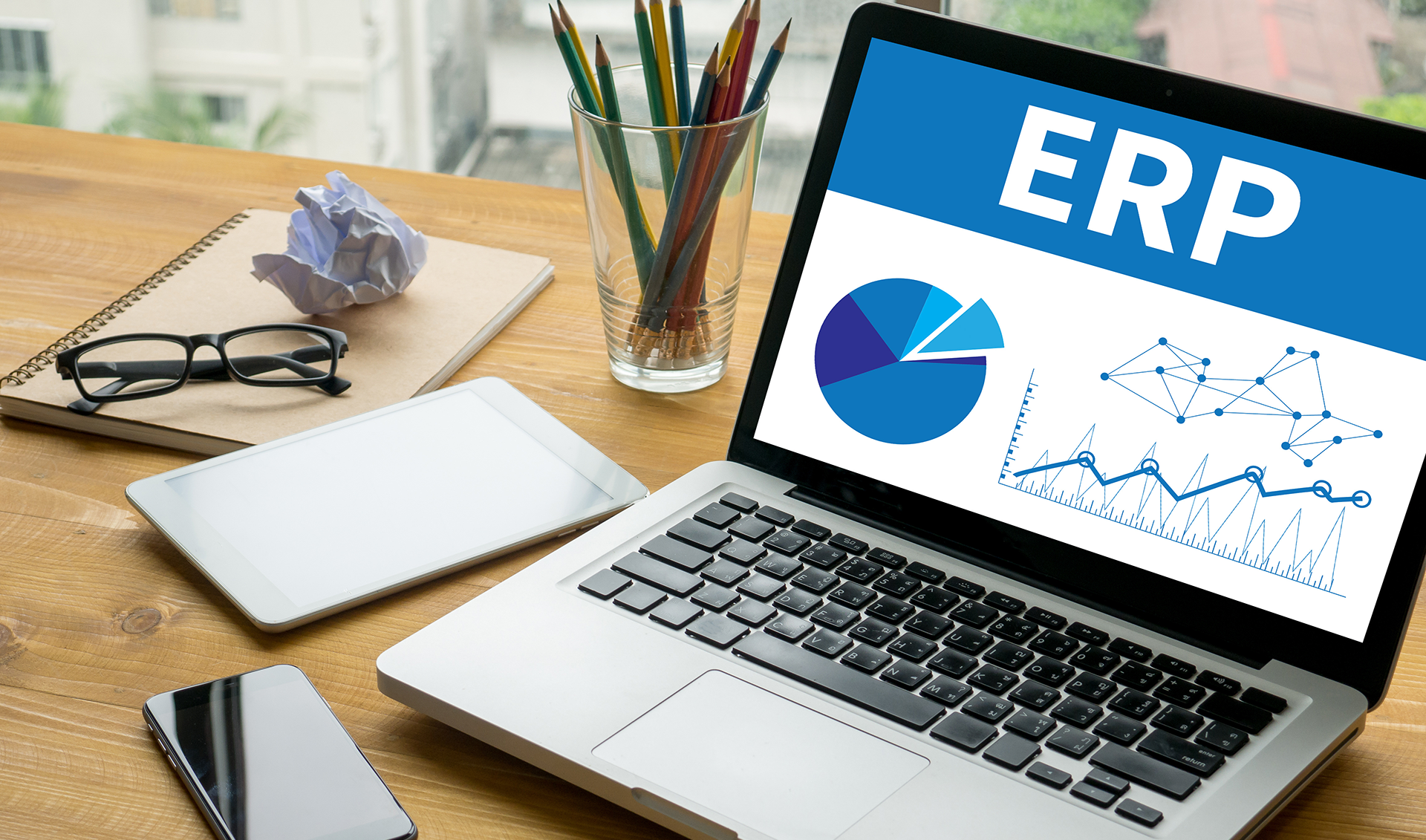
The primary purpose of ERP software is to ensure the flow of information between all functional areas of a business remains in operation. Many ERP systems have the same capabilities as WMS software: for example, they often contain various levels of inventory management and warehouse management features. Essentially, if your organisation needs inventory management along with accounting, order entry and contact management, then ERP software is perfect for you.
Our Conclusion of ERP and WMS
Both ERP and WMS are part of supply chain management and help businesses manage their facilities in the most efficient manner possible. They record statistics in real-time in many ways and can be managed on-premises or in the cloud. All of this means that for small to medium sized wholesale and distribution businesses, ERP software is frequently all that is needed.
Warehouse management software can often be a lot more expensive than ERP software. Not every warehouse needs WMS – they’re designed for complex operations, which means that initial and ongoing costs can be quite pricey.
Many ERP systems have the main functionality of WMS systems at a lower price-point. A proper ERP system should be able to manage most requirements at a far more affordable price. Ultimately, a business needs to establish its own individual needs, before embarking on its ERP or WMS journey. There are different levels of inventory management software and it’s best to fully review and understand these needs, before searching for systems – otherwise your organisation could be looking in the completely wrong place.
Interested in beginning your own ERP journey? To get in touch with the team of experts at Neuways, call us on 01283 753 333 or email hello@neuways.com.

